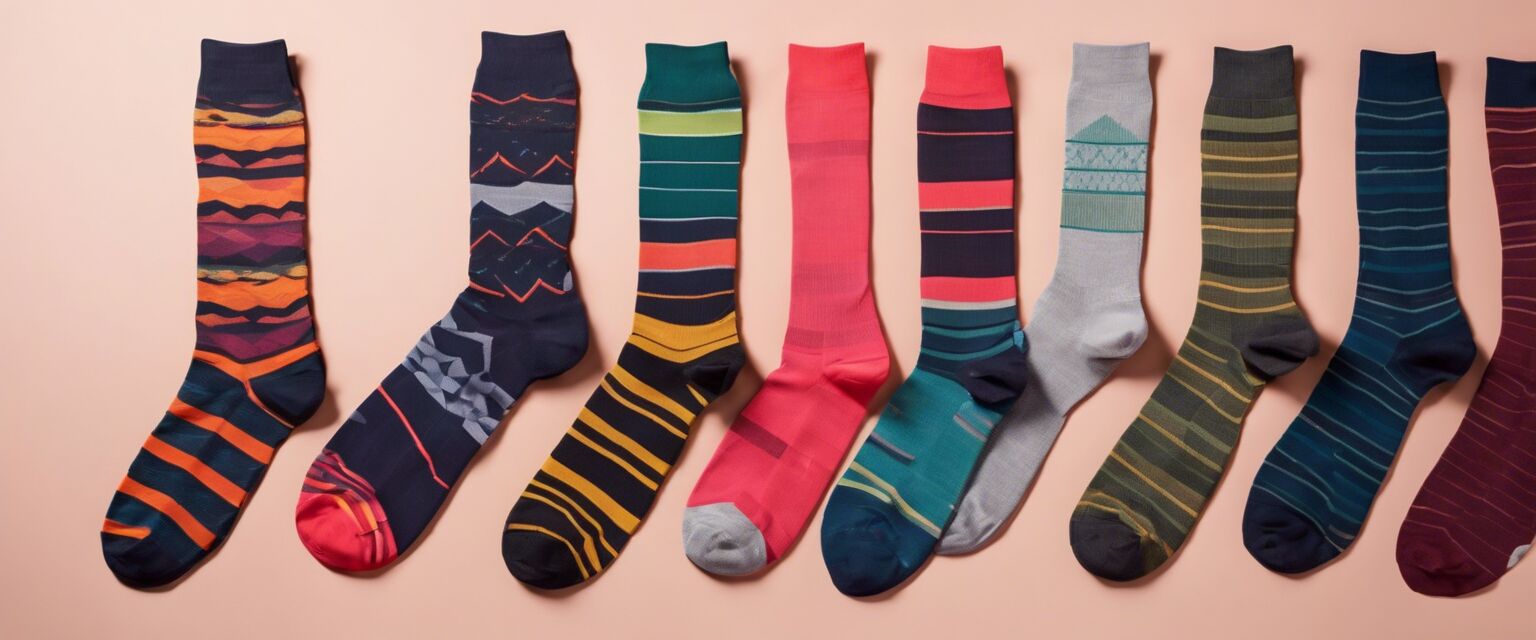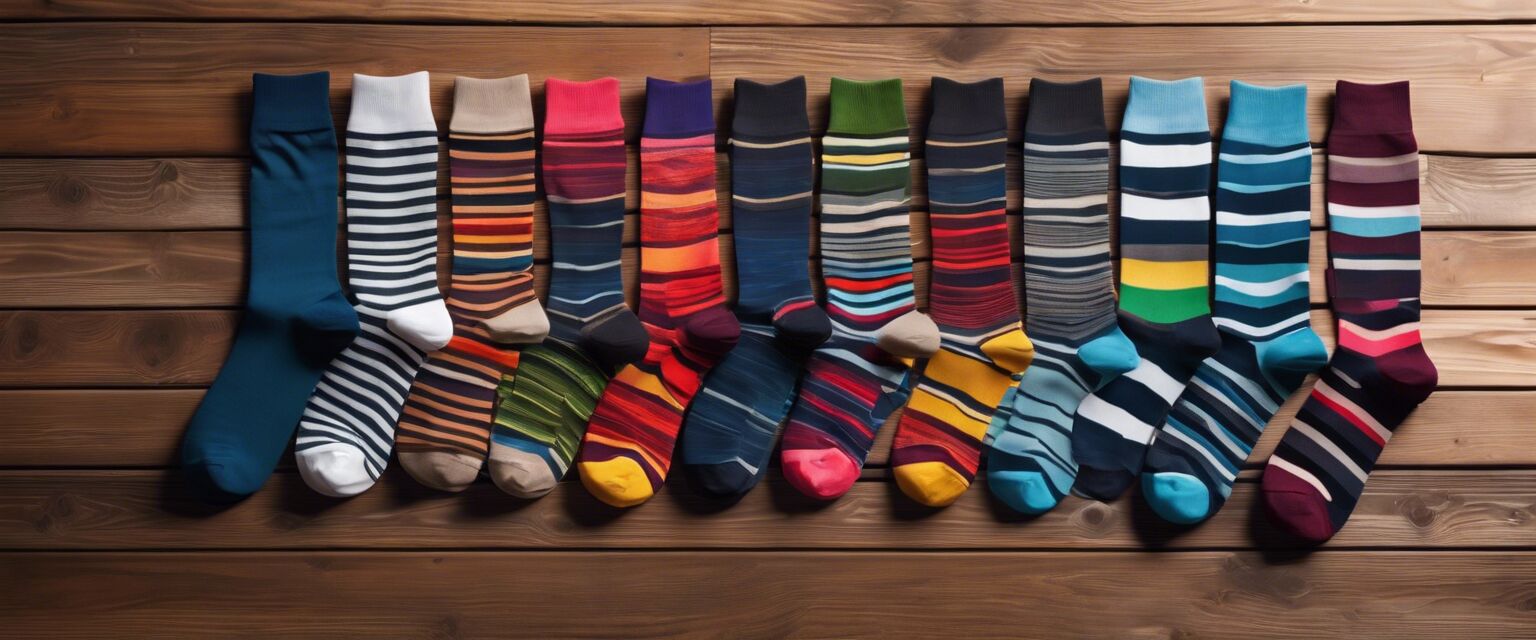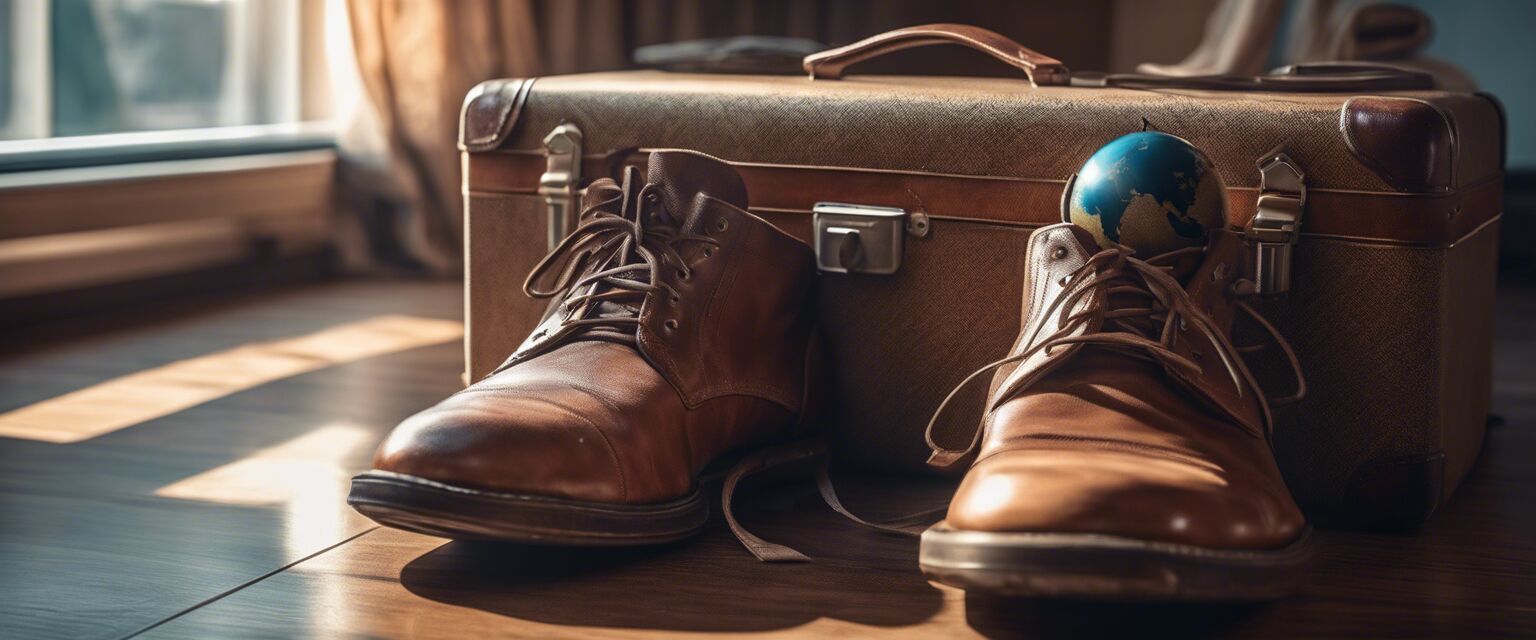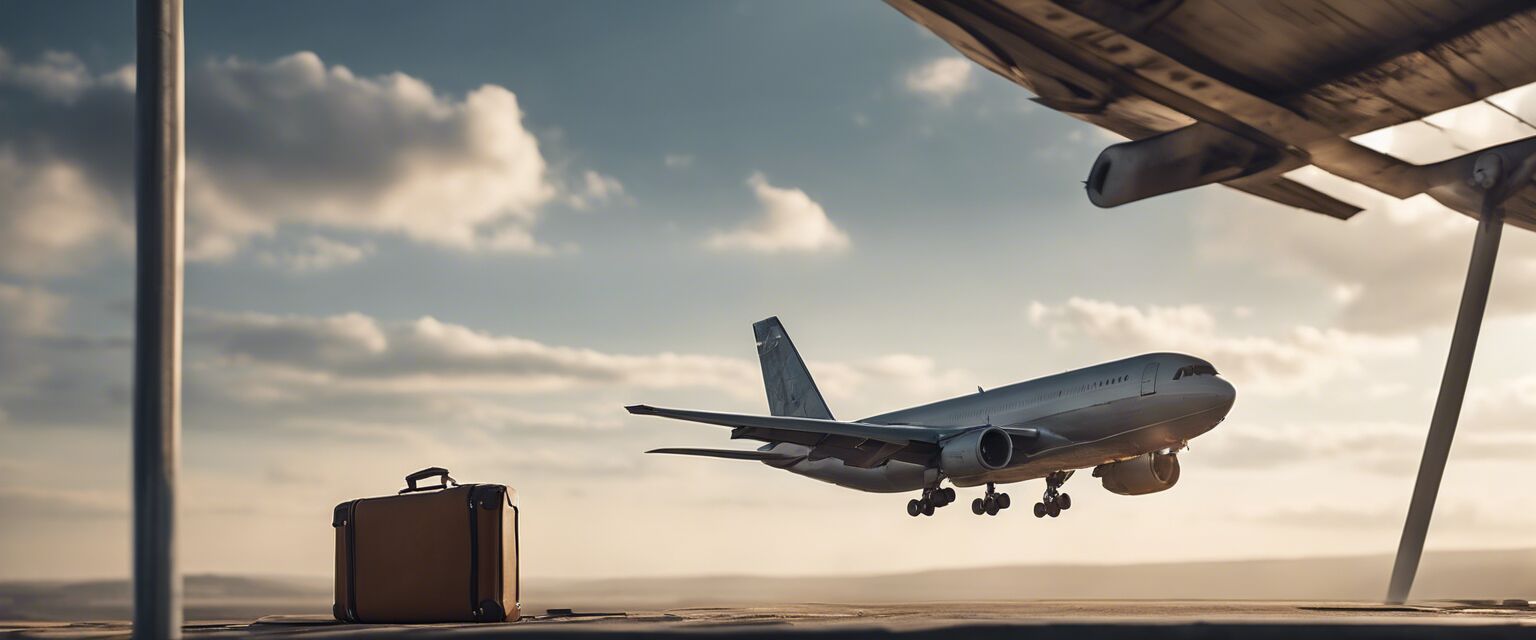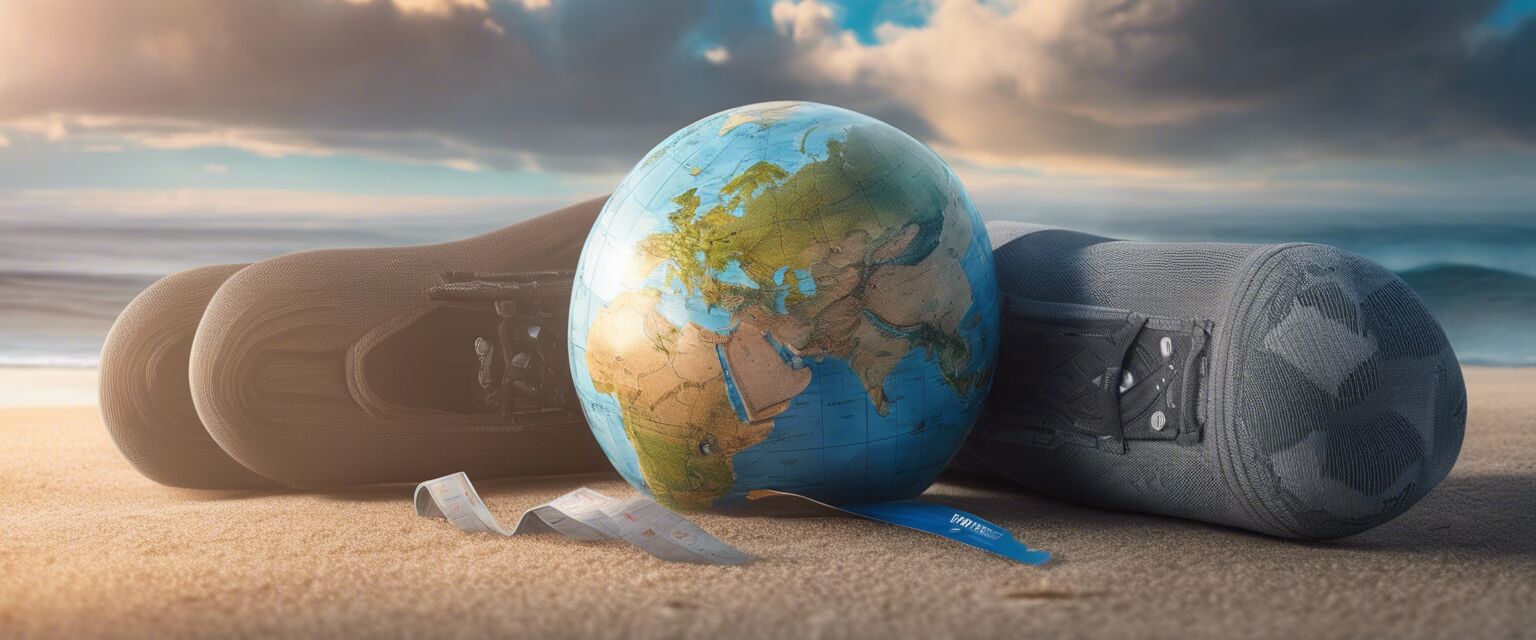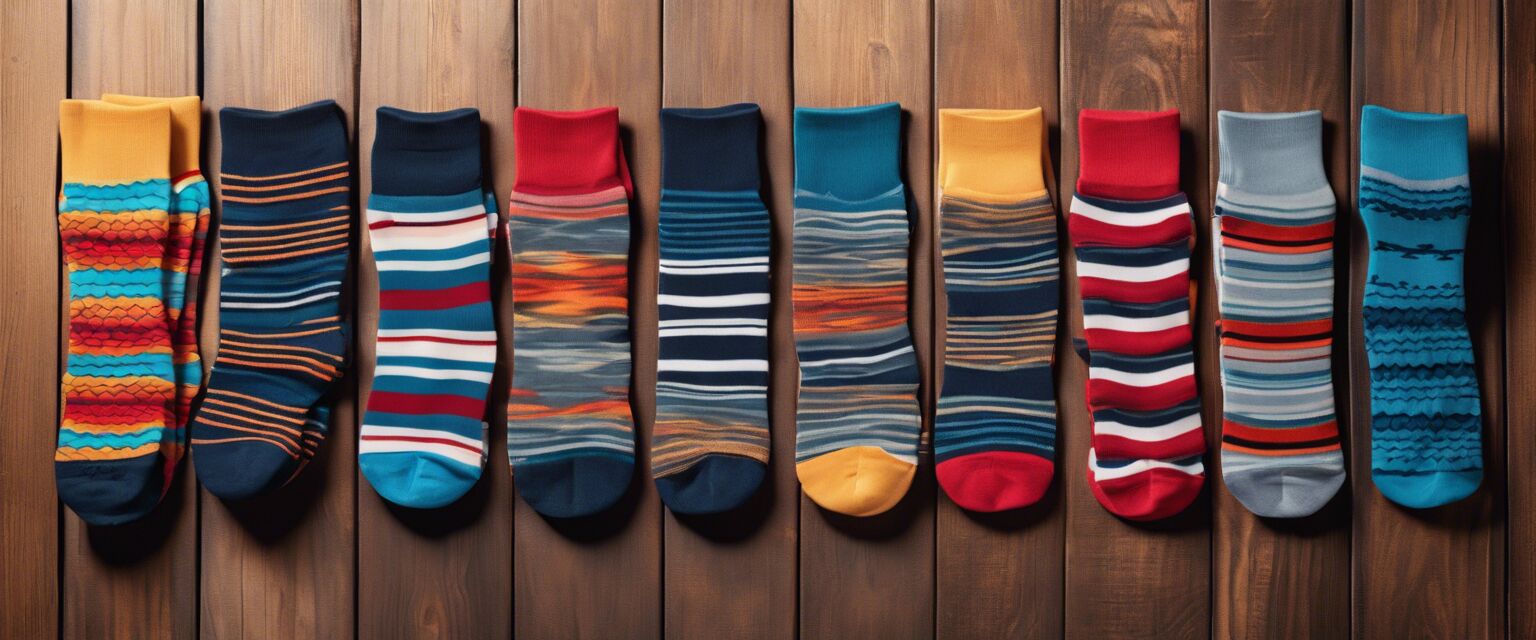
Types of Compression Socks
Compression socks have become an essential item for travelers. They offer several benefits, including improving circulation and reducing swelling in the legs. This article provides a detailed look at the different types of compression socks available, helping you choose the right pair for your journeys.
Key Takeaways
- Compression socks are categorically designed for various needs, including travel and medical conditions.
- They come in different styles, lengths, and levels of compression.
- Choosing the right compression socks can enhance comfort during long flights.
- Always consider the level of compression that suits your specific needs.
Why Use Compression Socks?
When traveling, particularly for long periods, your legs can become fatigued and swollen. This is where compression socks come into play. Here's a brief overview of some reasons why you might consider incorporating them into your travel essentials:
- Enhanced blood circulation
- Reduced risk of deep vein thrombosis (DVT)
- Improved recovery after sports or long travels
- Relief from leg fatigue and swelling
Different Types of Compression Socks
There are various types of compression socks tailored to meet different needs. Letâs explore them in detail.
| Type | Description | Uses | Compression Level |
|---|---|---|---|
| Everyday Wear Compression Socks | Comfortable socks for daily use with moderate compression. | Long hours of sitting, standing, or light exercise. | 15-20 mmHg |
| Flight Compression Socks | Specialized socks for air travel, designed to fit well during long flights. | Long flights, travel, and sitting for extended periods. | 20-30 mmHg |
| Medical Grade Compression Socks | High-compression socks used for medical conditions, often prescribed. | Post-surgery recovery, varicose veins. | 30-40 mmHg |
| Pregnancy Compression Socks | Socks designed specifically for pregnant women to alleviate swelling. | Pregnancy-related swelling and discomfort. | 15-30 mmHg |
| Sport and Fitness Compression Socks | Designed for athletes to aid in muscle recovery and performance. | Running, cycling, or any athletic activity. | 20-30 mmHg |
Comparing Different Compression Socks
| Feature | Everyday Wear | Flight Compression | Medical Grade | Pregnancy | Sport and Fitness |
|---|---|---|---|---|---|
| Comfort | High | High | Medium | High | Medium |
| Best For | Daily wear | Travel | Medical needs | Pregnancy | Exercise |
| Compression Level | 15-20 mmHg | 20-30 mmHg | 30-40 mmHg | 15-30 mmHg | 20-30 mmHg |
| Length | Knee-high, Thigh-high | Knee-high | Knee-high, Thigh-high | Knee-high | Knee-high, Ankle |
How to Choose the Right Compression Socks
Choosing the right compression socks can impact your travel experience significantly. Here are some tips to consider:
Tips for Beginners
- Determine the level of compression you need based on your activity.
- Select the right length: knee-high or thigh-high based on your comfort.
- Consider the material; lightweight and moisture-wicking fabrics are ideal for travel.
- Check size charts carefully to ensure a snug fit without being too tight.
When to Wear Compression Socks
Compression socks can be worn during various occasions, including:
- Long flights
- Road trips
- Before and after physical activities
- During pregnancy
Conclusion
Compression socks are a valuable addition to your travel gear. With the right type, you can enjoy enhanced comfort, reduced swelling, and a better overall travel experience. From everyday support to specialized medical needs, there's a pair of compression socks suited for everyone. Don't forget to explore our Everyday Wear Compression Socks and Flight Compression Socks for more options tailored for travelers!
Pros
- Improves circulation
- Reduces swelling
- Available in various styles and sizes
- Enhances comfort during travel
- Helps with muscle recovery
Cons
- May feel tight for first-time users
- Not all socks provide the same level of compression
- Some designs may not suit specific tastes
